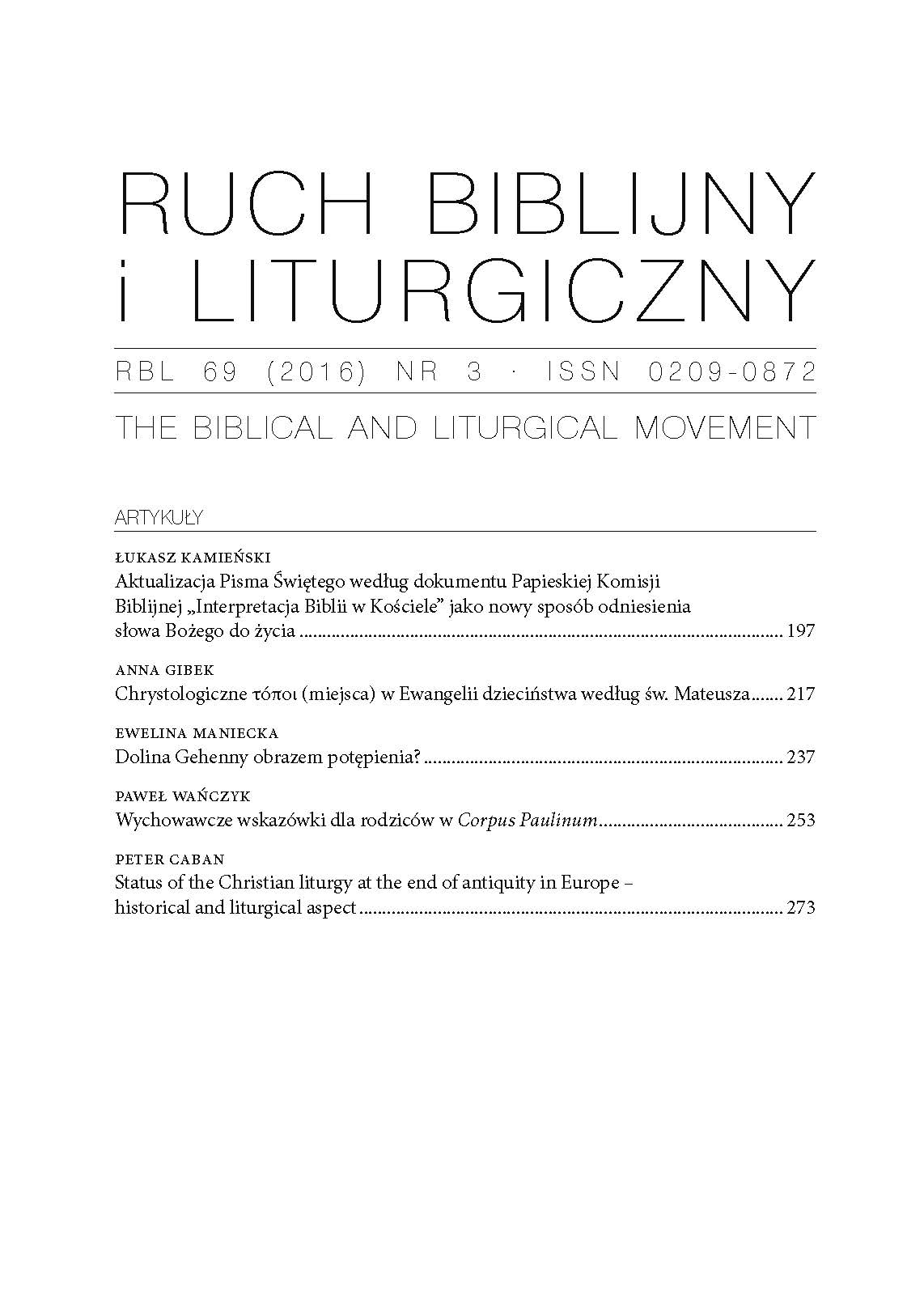Oratorium w Rzymie od XVII do XVIII wieku
Oratorio in Rome from XVII to XVIII century
Author(s): Dariusz SmolarekSubject(s): Music, 17th Century, 18th Century, History of Religion
Published by: Polskie Towarzystwo Teologiczne
Keywords: Philip Neri; esercizi spirituali; laudi spirituali; oratorio; composer; Rome; 16ᵗʰ century; XVII century; XVIII century;
Summary/Abstract: The new vocal-instrumental music type that actively bloomed in the period of baroque came into being partly by the activity of Saint Philip Neri. He organized services associated with singing laudi in a building specially intended for that purpose - named in Italian oratorio. Primarily the term “oratorio”, meant a prayer space, later was related to non-liturgical and musical services that were performed there. Laudi spirituali were gradually replaced with madrigali spirituali and motetti concertati that often had the character of dialog singing. From these forms in the first half of XVII century formed two types of oratorios: folk (oratorio volgare) and latin (oratorio latino). The content of compositions was non-liturgical religious text that was inspired by the Bible featured: histories of Old Testament, figures, New Testament events and parables, and also allegoric dialogs between Christ and a Christian soul. The singers in oratorio were accompanied by orchestra (often choir) performed particular dramatic roles and did not use means of actor playing. Oratorio as a carrier of religious content served liturgy and became its certain fulfillment.
Journal: Ruch Biblijny i Liturgiczny
- Issue Year: 65/2012
- Issue No: 1
- Page Range: 67-84
- Page Count: 18
- Language: Polish

